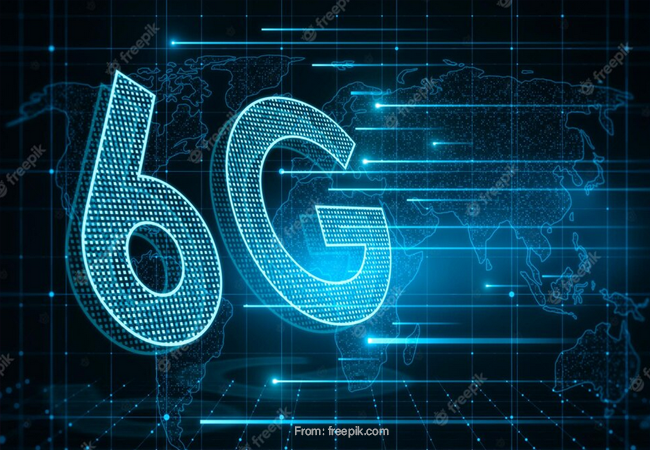By declaring ambitions to develop, implement, and become a worldwide leader in 6G network technology, India has set its eyes on the future of connectivity. India wants to change the digital environment and create inclusive growth for its population with Prime Minister Narendra Modi's release of the Bharat 6G Vision Plan.
Introduction:
In this article, we will look at India's ambitious 6G goal, its aim to become a global innovation powerhouse, and the revolutionary influence of 6G technology on numerous sectors and human experiences.
Bharat 6G Mission in India:
India's 6G strategy includes a multi-phase mission from 2023 to 2030 with the objective of delivering ubiquitous and cheap connection to its inhabitants. The first phase focuses on defining 6G technological standards, followed by the development of a full 6G ecosystem over the next five years. The goal is to offer internet speeds 1,000 times faster than 5G, reaching up to 1 Tbps, allowing ultra-low latency, and revolutionizing interactions between machines and people. This increase in connection speed is projected to fuel the development and use of technologies such as virtual and augmented reality (VR/AR), mobile edge computing, and artificial intelligence (AI).
Use Cases That Will Change the World:
6G technology has enormous potential to change different industries and allow ground-breaking applications. Some of the revolutionary uses envisaged by India include remote-controlled factories, self-driving automobiles with continual connectivity, and smart wearables that directly interact with human senses. These breakthroughs will increase efficiency, automation, and connection, opening the door for new levels of innovation and prosperity.
Strategic Approach of the Government:
The Indian government has formed a 22-member supreme council comprised of government officials, business leaders, and academics to drive the project. This council will map the mission's phase-by-phase goals, give support for exploratory concepts, and supervise proof-of-concept testing and commercialization initiatives. Furthermore, the government has created a 6G research and development test bed as well as an app named "Call Before You Dig" to avoid vital infrastructure damage during excavation. These measures demonstrate India's commitment to establishing a strong 6G ecosystem and assuring long-term development.
Advances in Technology and Spectrum Requirements:
While 5G is still in its early stages, the arrival of 6G promises even faster speeds, improved connection, and ultra-low latency. India intends to more than quadruple the present planned spectrum amounts by 2030, underscoring the growing need for high-speed connection and the necessity to meet its population' digital ambitions. By doing so, India hopes to meet its lofty objective of offering 100 Mbps access to all inhabitants by the next seven years, or considerable 5G coverage. Such improvements would catapult India to the forefront of telecom technology and solutions, positioning it as a worldwide industry leader.
Conclusion:
India's 6G goal represents a substantial advancement in connectivity and digital innovation. The government seeks to establish itself as a worldwide leader in 6G technology via the Bharat 6G Mission, which promotes inclusive development and digital empowerment. The revolutionary use cases of 6G, along with the government's strategic strategy and technical breakthroughs, have the potential to disrupt sectors, unleash creativity, and catapult India towards a hyper-connected future.


Post a Comment